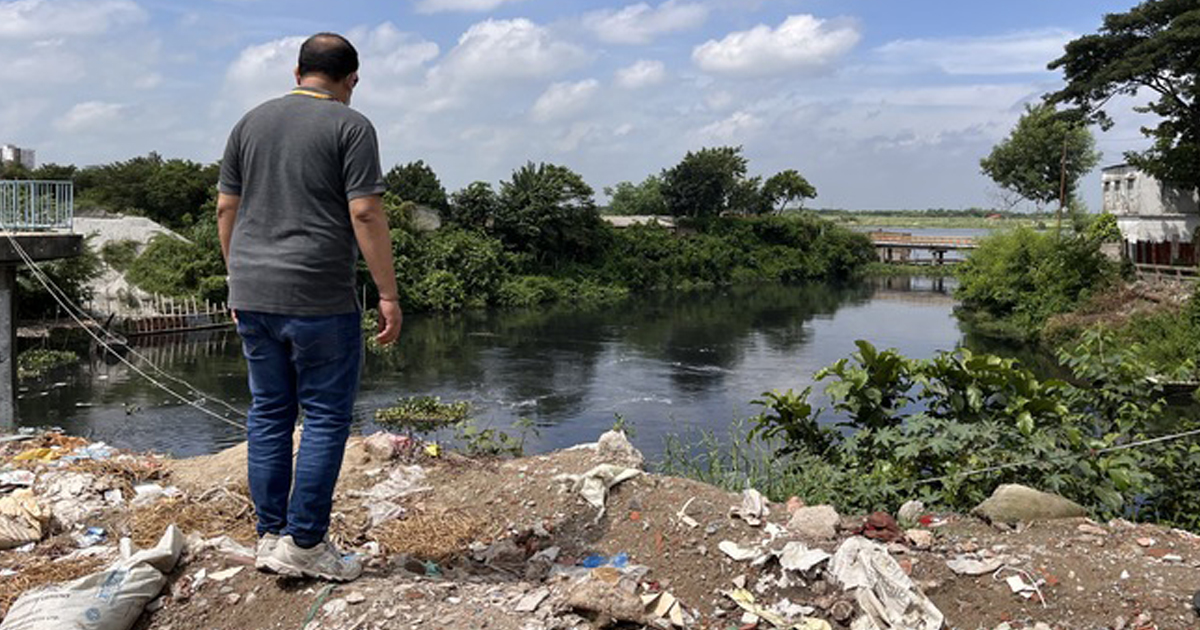The results of the first large, multicountry survey of wastewater monitoring programs shed new light on how countries use wastewater monitoring to respond to the spread of infectious diseases, including COVID-19. The survey found that countries use a range of approaches to collect and analyze wastewater samples. For this reason, researchers and multinational organizations developing guidelines for wastewater monitoring should be wary of prescribing a one-size-fits all approach that may not serve low- and middle-income countries (LMICs) well.
The peer-reviewed findings were released in The Lancet: Global Health and are based on a survey of wastewater monitoring programs in 43 countries. The survey was conducted as part of an ongoing partnership between The Rockefeller Foundation, Mathematica, and the United Kingdom’s Health Security Agency.
Among the key findings:
There are important differences in how programs operate in high-income countries compared to low- and middle-income countries.
In high-income countries (HICs), composite sampling at centralized treatment plants was most common. However, in LMICs, grab sampling from surface waters, open drains, and pit latrines was more typical. Almost all programs analyzed samples in country, but processing times were longer in LMICs (4–5 days compared to 2–3 days in HICs). Although 59 percent of HICs regularly monitored wastewater for SARS-CoV-2 variants, only 13 percent of LMICs did so.
Most programs share their wastewater data internally and with partner organizations, but not publicly.
Although 87 percent of LMICs and 100 percent of HICs surveyed share their wastewater data in some manner, most do not share the data publicly. The survey found that 38 percent of LMICs and 70 percent of HICs uploaded their wastewater data to a data dashboard or repository, but only 31 percent of LMICs and 37 percent of HICs uploaded data to a public or open-access platform.
Although many countries do not currently share wastewater data publicly, almost all were open to doing so.
Even though only about a third of countries surveyed share their wastewater data publicly, almost all would be willing and able to share aggregate data with outside organizations such as The Rockefeller Foundation, Mathematica, and the UK Health Security Agency to increase the global visibility of wastewater monitoring for public health. In addition, 19 percent of LMICs and 33 percent of HICs would also be willing to share raw data.
There are currently no comprehensive guidelines to promote ethical wastewater monitoring practices.
The survey results indicate that a global advisory panel of diverse experts from countries across all income groups should be engaged to inform guidelines for adapting practices to local contexts and capabilities. At a minimum, guidance should cover communicating with the public, engaging and protecting vulnerable populations, and facilitating data sharing.
“The stark differences observed across country income groups highlights actionable information for those looking to develop adaptable implementation frameworks, funding initiatives, and global data-sharing mechanisms,” said Aparna Keshaviah, a principal researcher at Mathematica and a lead study author. “Although this survey cannot fully capture all global experiences with wastewater monitoring because of the small sample size and reliance on convenience sampling, it provides the most comprehensive picture of what countries are currently doing and highlights how they can improve moving forward.”
The results point to the importance of a tiered governance structure that includes advocates at the highest levels, as well as regional and local entities to promote community-specific adaptation and monitoring. Because many wastewater programs currently rely on donor funding or short-term government aid, the findings also highlight the need for substantial financial investments to sustain wastewater monitoring as global COVID-19 funding declines. The study suggests that future funding for wastewater monitoring should be flexible to account for diverse program needs, infrastructure, and priorities. Funds should support research and innovation, as well as activities that increase capacity, such as hands-on training of health and water professionals, and mapping of the locations and service populations of sanitation systems.
These findings show the richness of the existing wastewater monitoring ecosystem. With additional leadership, funding, and implementation frameworks, thousands of individual wastewater initiatives could coalesce into an integrated, sustainable network for disease surveillance. Going forward, this integrated network would minimize the risk of overlooking future global health threats.
Contact
-
David Roberts
droberts@mathematica-mpr.com
202-838-3618

